Joint Venture Auto Companies Regain Top Spot: The Revival of Joint Venture Cars
![]() 07/25 2025
07/25 2025
![]() 457
457
In the dynamic Chinese auto market, joint venture cars once dominated the scene. However, recent years have seen a surge in domestic new energy vehicles, pushing joint ventures into the shadows. Yet, a remarkable turnaround is now underway. How did joint venture cars suddenly regain their popularity?
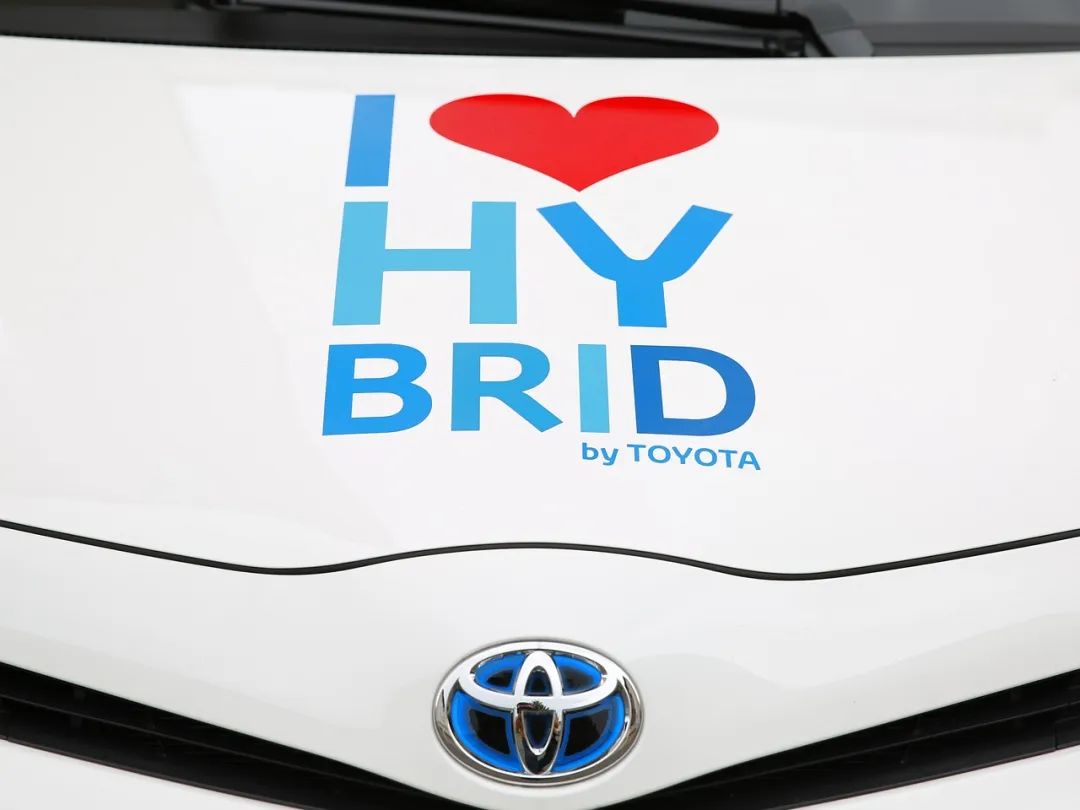 I. Joint Venture Auto Companies Regain Top Spot?
I. Joint Venture Auto Companies Regain Top Spot?
ECNS reports that sales of joint venture new energy vehicles, which had long languished, have surged over the past two months.
According to the China Passenger Car Association (CPCA), multiple joint venture auto companies, including Guangqi Honda, Dongfeng Nissan, and Changan Mazda, recorded record sales of new energy vehicles in May and June. Some companies witnessed a meteoric rise, from selling just over 100 units at the start of the year to nearly 10,000 units in June. A social media post by a salesperson at a joint venture brand 4S store in late June exclaimed, "The long-absent customer flow has finally returned!"
Wang Ming (pseudonym), a salesperson at a Dongfeng Nissan 4S store in Chaoyang, Beijing, has been selling fuel vehicles for over a decade. With declining sales, he switched to new energy vehicles. After retraining, his first sale was the Dongfeng Nissan N7. "Our store used to sell electric cars, but sales were not good. Fuel vehicles aren't selling well either, so I joined the electric car team. I didn't have high expectations, but this model became incredibly popular after its launch," Wang Ming told ECNS on July 8.
In late April 2023, Dongfeng Nissan launched its first pure electric sedan, the N7, priced between 119,900 and 149,900 yuan. Deliveries began in mid-May. Official data from Dongfeng Nissan shows sales exceeded 3,000 units in May and doubled in June, with cumulative orders surpassing 20,000 units by mid-June.
SAIC-GM sold 9,200 new energy vehicles in June, with the Buick GL8 PHEV accounting for over two-thirds of sales. Changan Mazda, despite not yet launching the EZ-60, announced at the end of June that blind orders had exceeded 30,000 units.
A salesperson at a Guangqi Honda dealership in Fengtai, Beijing, told ECNS on July 5 that production of the Bozhi 3X at the Guangqi Honda factory had been scheduled until the end of August.
Dongfeng Nissan informed ECNS that unlike previous products, the N7 was developed and designed by a Chinese team. Its advanced features, brand strength, and affordable price are the top reasons consumers choose this car.
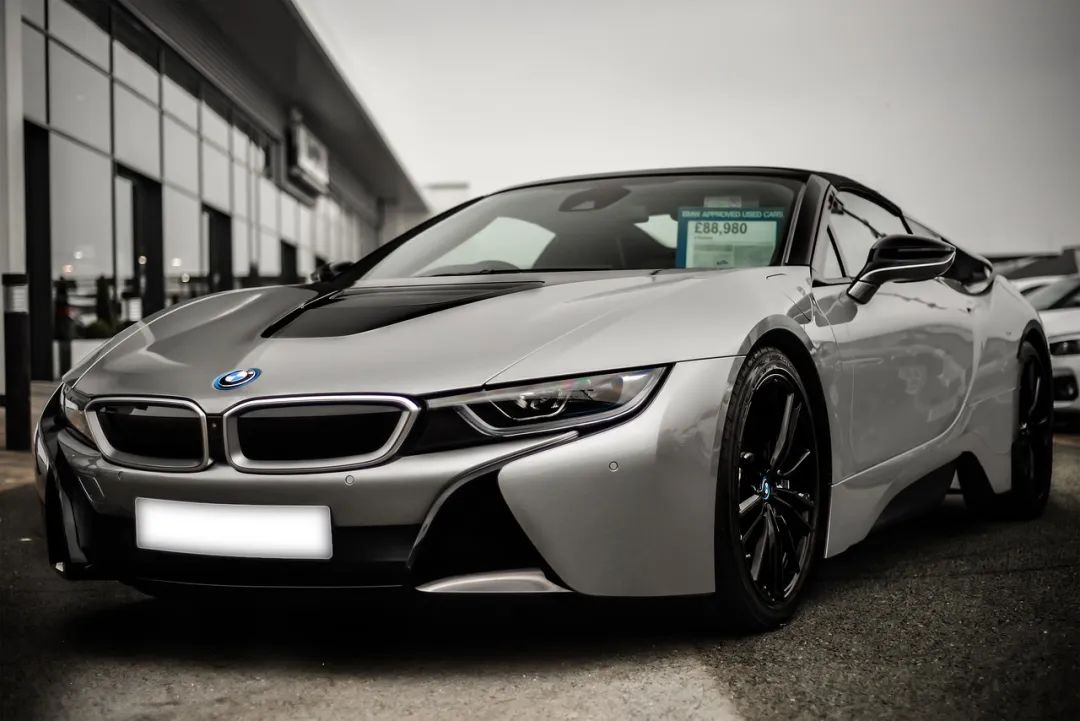 II. How Did Joint Venture Cars Suddenly Become Popular Again?
II. How Did Joint Venture Cars Suddenly Become Popular Again?
Joint venture cars have staged a remarkable comeback, reclaiming a significant market position. What factors drove this dramatic shift?
Firstly, why were joint venture cars struggling before? Over the past decade, Chinese independent brands, particularly new energy vehicle companies, have surged ahead, leveraging intelligence and electrification as their core competitiveness. This continuously challenged the market position of traditional joint venture brands. For a while, joint venture auto companies faced near-defeat, with various products losing ground. Many media outlets described recent years as the worst for joint venture auto companies. Closer examination reveals that the root cause of their previous unpopularity lies in their early business logic. As a product of China's early reform and opening-up policy, which exchanged markets for technology, joint venture auto companies were overly reliant on overseas parent brands' technology and product strategies, lacking local innovation capabilities. Many joint venture brands were slow to update their models and conservative in configuration, making it difficult to meet the growing demand for intelligence and personalization among domestic consumers.
Moreover, the joint venture model itself has inherent constraints. Chinese and foreign parties often disagree on decision-making mechanisms, technology introduction, and product planning, leading to slow responses in a rapidly changing market. In emerging areas such as intelligent cockpits, autonomous driving assistance systems, and OTA upgrades, joint venture brands generally lagged behind domestic newcomers. This 'acclimatization' issue caused many consumers to gradually shift their focus to independent brands offering better cost-effectiveness and a sense of technology.
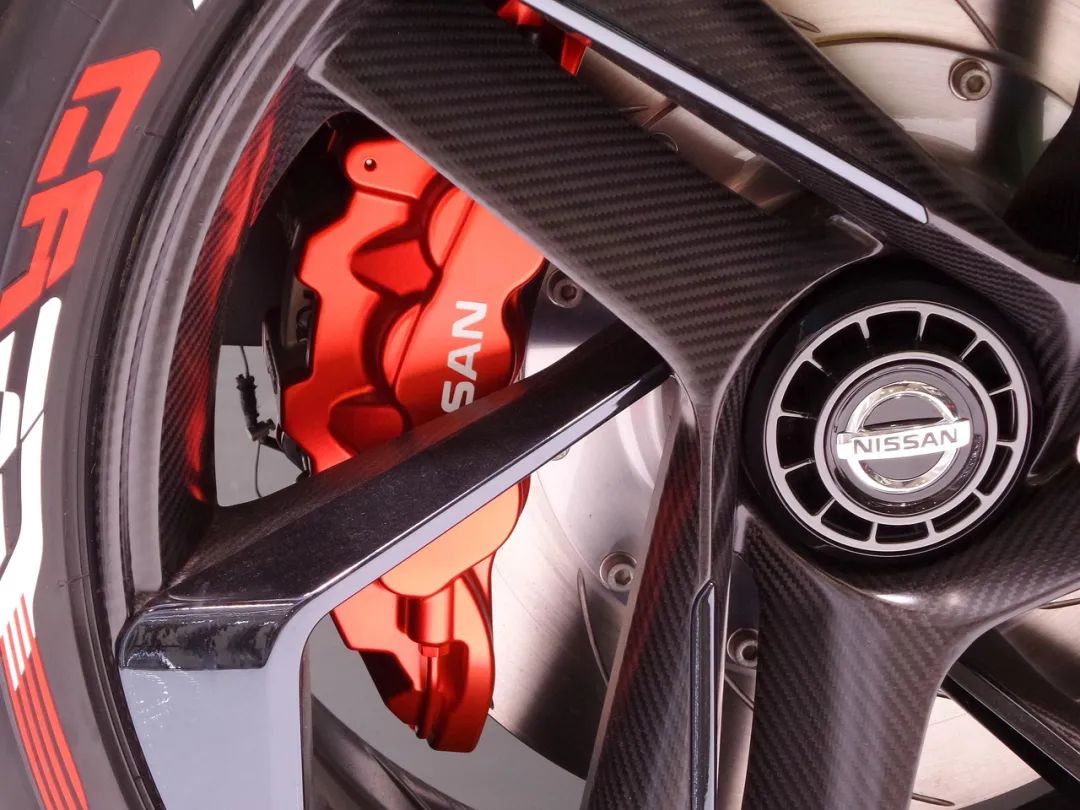
Secondly, under pressure, joint venture brands have been forced to transform. Facing market crises, they embarked on comprehensive reforms, actively learning from the success of local brands. Chinese local auto brands have made significant achievements in new energy vehicles, especially in intelligent driving, intelligent cockpits, comfort, and entertainment configurations. Joint venture brands have realized that to win back consumers, they must excel in these areas.
On one hand, joint venture brands have prioritized intelligent configurations. Many have launched models equipped with intelligent driving assistance systems, enhancing driving safety and convenience. Simultaneously, intelligent cockpits have become standard in joint venture cars, featuring large screens, voice control, and internet of vehicles functions, catering to consumers' demand for technology and convenience.
On the other hand, joint venture brands have also invested heavily in comfort and entertainment configurations. Features like large sofas and TVs not only enhance riding comfort but also augment the vehicle's entertainment functions, making long-distance travel more enjoyable. These advanced configurations have made joint venture cars more competitive in terms of cost-effectiveness.
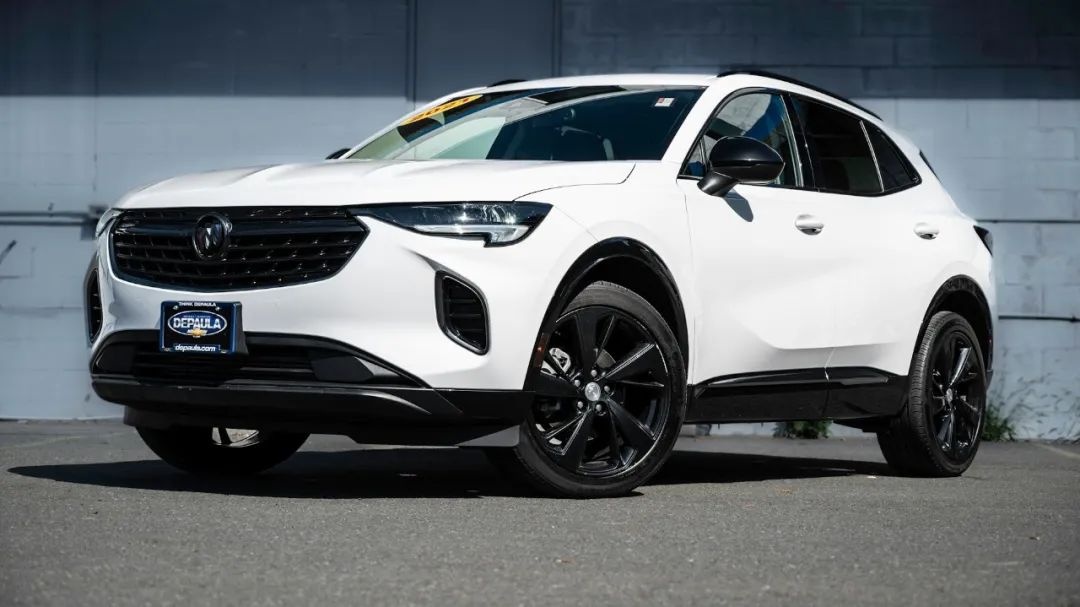
Thirdly, many joint venture brands have reached a consensus: if they can't compete, they should join forces. As mentioned, many global auto giants have chosen to cooperate with Chinese enterprises, especially in joint venture auto companies. In recent years, these companies have collaborated with technology enterprises such as Huawei, Xiaomi, and Horizon Robotics, achieving success through the strategy of 'if you can't compete, join'. Technology enterprises bring strong R&D capabilities and technological advantages in intelligent technology, software development, and electronic components, while joint venture auto companies possess rich experience in automobile manufacturing, quality control, and brand marketing. This cooperation achieves complementary advantages, jointly promoting the development of the automobile industry. By collaborating with these technology enterprises, joint venture cars have undergone rapid technological upgrades, improving product competitiveness. This collaborative approach has allowed joint venture cars to find a new development path in fierce market competition, laying a solid foundation for regaining market share and undoubtedly providing more possibilities for their growth.
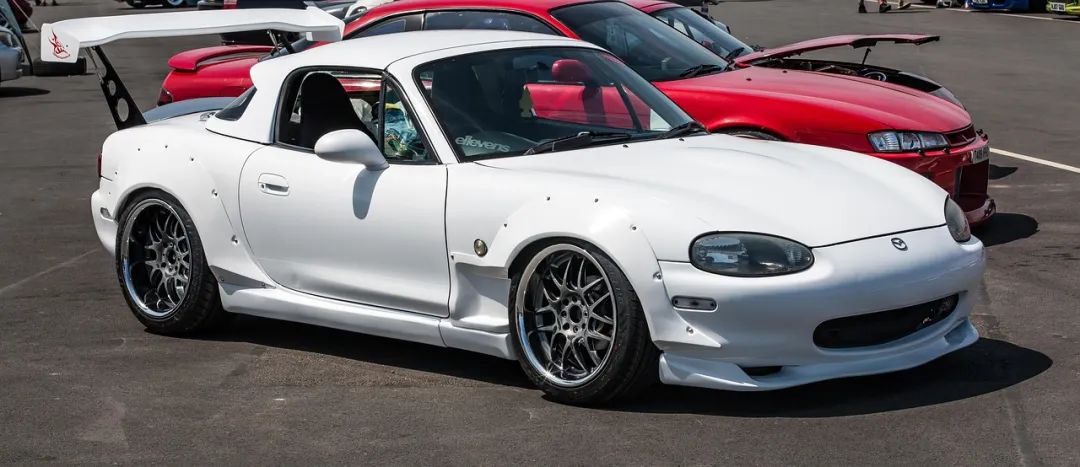
Fourthly, consumers have become increasingly pragmatic. They are not swayed by past glory or fleeting trends but prioritize products and services that offer better value and cost-effectiveness. The transformation of joint venture cars from the past to the present perfectly illustrates this point.
In earlier years, joint venture brands relied on mature technology, stable quality, and high brand premium to dominate the mid-to-high-end market. However, with the rise of independent brands, especially breakthroughs in new energy, consumers have started valuing the actual experience and value return of products. Nowadays, while maintaining their brand strength, joint venture brands have reshaped their product image by introducing intelligent configurations, optimizing product structures, and lowering price thresholds. This combination of 'brand + cost-effectiveness' precisely addresses the current consumer group's core demands – they want both quality and value.
It is evident that the return of joint venture auto companies to the top spot is not coincidental but the result of proactive change and trend adaptation. From passively accepting market challenges to actively embracing change; from solely relying on overseas technology to actively integrating local innovation; from fighting alone to collaborating – this series of transformations is key to joint venture cars regaining market opportunities.
Quote of the Day: "Maturity is not about age, but about the ability to manage emotions. It is never others that torture you, but yourself for holding onto those fleeting details. Everything in the world is healing you, except yourself for not letting go. Manage your emotions and life, make your inner world simple and light. Live in your own space and time, ignore trivial matters, keep your body and mind calm, be loyal to yourself, and be yourself."





